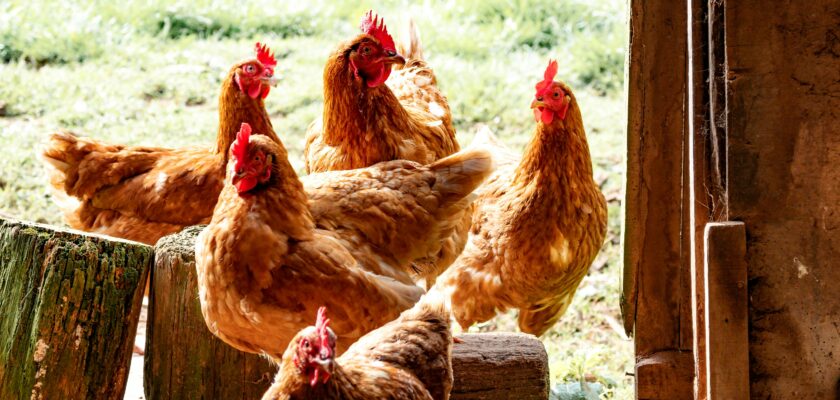What’s the Difference Between a Chicken and a Hen?
It’s one of the most asked questions in the poultry world: What’s the difference between a chicken and a hen? While many people use the terms interchangeably, especially in everyday conversations, there are clear distinctions between the two. This article will help you understand the real meaning behind these terms and shed light on several interesting poultry facts every enthusiast should know.
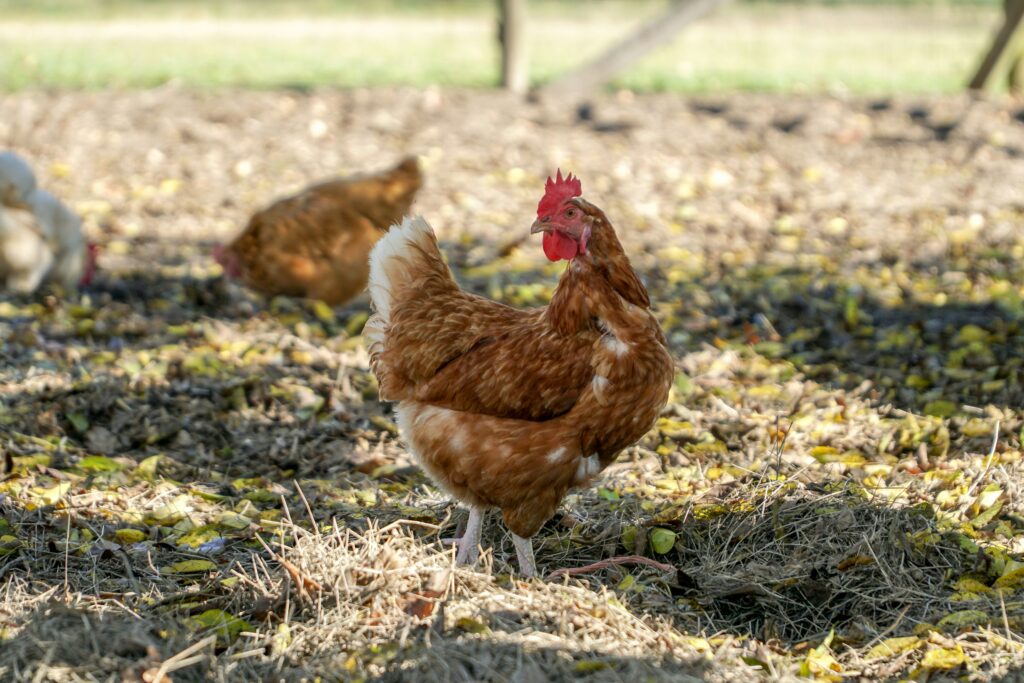
Photo by Thomas Park on Unsplash
Understanding Basic Poultry Terminology
To kick things off, it’s essential to grasp some fundamental terms used in the poultry world:
- Chicken – A general term for the species Gallus gallus domesticus.
- Hen – An adult female chicken, usually one that lays eggs.
- Rooster – An adult male chicken.
- Pullet – A young female chicken, usually under one year old.
- Cockerel – A young male chicken.
These terms help farmers, breeders, and poultry lovers accurately describe age, gender, and function within a flock.
What Is a Chicken?
A chicken refers to the species as a whole — male or female, young or old. When someone talks about raising chickens, they’re talking about both roosters and hens.
Think of “chicken” like the word “human” — it doesn’t specify gender or age.
What Is a Hen?
A hen, on the other hand, is specifically an adult female chicken, typically over 6 months old and capable of laying eggs. If your backyard chicken has started laying — congrats, she’s officially a hen!
Rooster vs. Hen: Another Key Distinction
Roosters (males) and hens (females) play very different roles in the flock:
| Trait | Rooster | Hen |
| Gender | Male | Female |
| Lays Eggs? | No | Yes |
| Behavior | Protective, dominant | Nurturing, social |
| Crowing | Yes | No |
| Comb/Wattle Size | Larger | Smaller |
Chicken vs. Hen: Biological Differences
Biologically, hens and roosters differ in reproductive organs, hormone levels, and secondary sexual characteristics such as:
- Spur development (more prominent in roosters)
- Feathering patterns (longer tail feathers on roosters)
- Comb and wattle size (larger in roosters)
- Coloration (more vibrant in many rooster breeds)
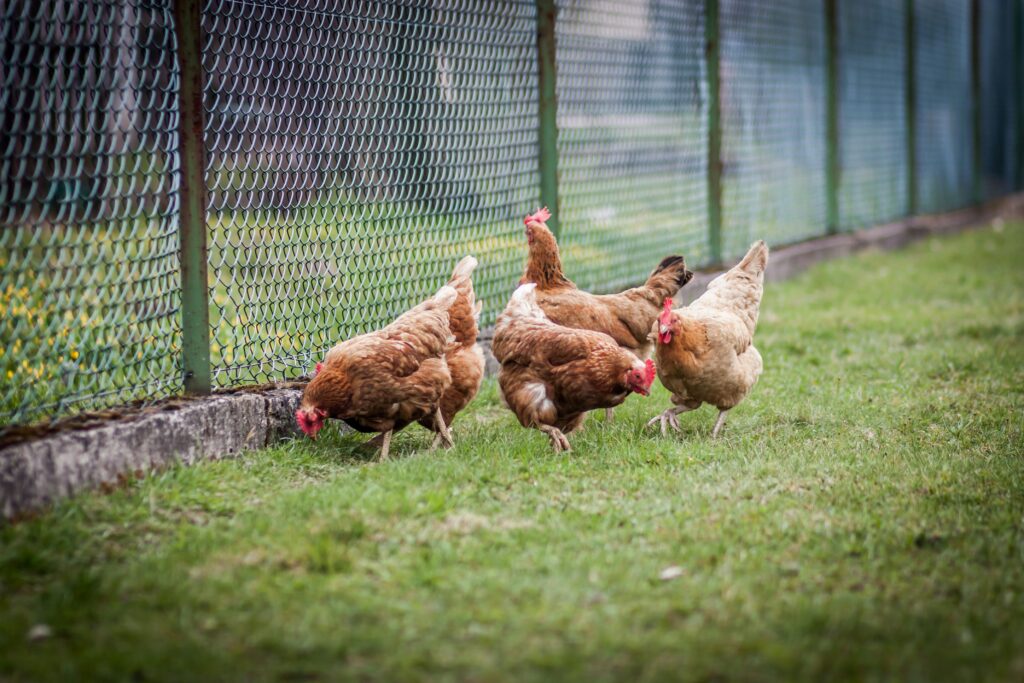
Photo by Jan Kraus on Unsplash
Lifecycle of a Chicken
Here’s how a chicken grows from hatchling to hen or rooster:
- Chick (0–6 weeks)
- Pullet / Cockerel (6 weeks–5 months)
- Hen / Rooster (5–6 months onward)
The transformation from chick to adult is fascinating and includes physical, hormonal, and behavioral changes.
At What Age Does a Chicken Become a Hen?
A chicken becomes a hen at around 5–6 months of age when it starts laying eggs. Prior to that, even if it’s a female, it’s referred to as a pullet.
Egg-Laying Capabilities: Hen vs. Chicken
Only hens lay eggs — not all chickens. If someone says “chicken eggs,” they really mean “hen eggs.” A chicken that doesn’t lay is either:
- A young pullet
- A rooster
- A hen out of her laying cycle
Behavior and Social Role in the Flock
Hens tend to be more social and nurturing, often acting as leaders within their smaller groups. Roosters, in contrast, are guardians — watching for predators and keeping the flock safe.
This social structure is key in both backyard and free-range setups.
Common Myths About Chickens and Hens
Here are some myths debunked:
- Myth: All chickens lay eggs
Truth: Only hens lay eggs. - Myth: You need a rooster for eggs
Truth: Hens lay eggs with or without a rooster; a rooster is only needed for fertilized eggs. - Myth: “Hen” is a different species
Truth: Nope, it’s just a gender-specific term for a chicken.
How to Tell if a Chicken is a Hen or Rooster
Look for these signs:
- Crowing = Rooster
- Egg laying = Hen
- Feather shape: Pointy = Rooster; Rounded = Hen
- Comb/wattle: Larger = Rooster
Still unsure? Wait until they’re about 3–4 months old — it becomes more obvious then.
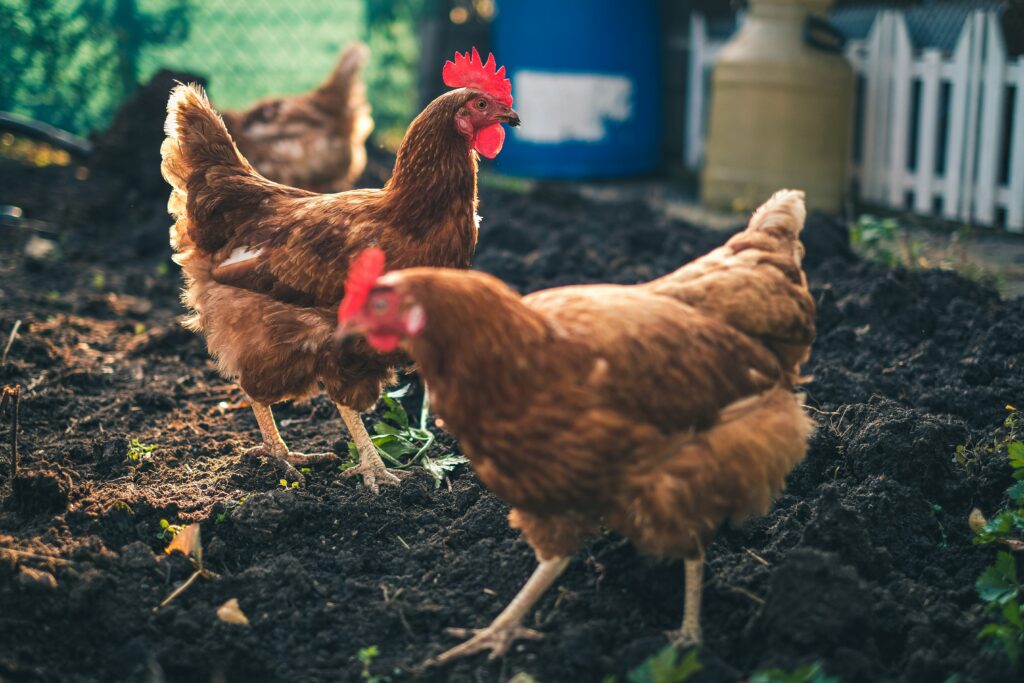
Photo by Jan Baborák on Unsplash
Raising Chickens: Why Knowing the Difference Matters
Understanding gender helps you:
- Plan your flock for egg production
- Avoid unexpected crowing in suburban settings
- Prevent territorial aggression (more common in roosters)
How Language Varies Across Cultures
In some countries:
- “Chicken” is only used to describe meat.
- “Hen” is the default for egg layers.
- The word for chicken in Spanish, “pollo,” often refers to food, while “gallina” refers to a live hen.
Language and culture shape how we perceive poultry!
Commercial and Backyard Poultry Farming Implications
In commercial farming, gender distinctions influence:
- Egg production planning
- Meat yield (broilers vs. layers)
- Feed costs
In backyard setups, understanding this helps with:
- Coop space planning
- Managing flock harmony
- Legal zoning (some cities ban roosters)
FAQs
Can a chicken be both a hen and a rooster?
No. A hen is a female chicken, and a rooster is a male chicken. A chicken can only be one or the other.
Do all chickens lay eggs?
No. Only hens lay eggs. Roosters and younger pullets do not.
How can I tell a hen from a pullet?
A pullet is a young female, typically under 6 months. A hen has started laying eggs and has more developed physical features.
Is there a difference in meat between hen and chicken?
Yes. Hen meat (from older birds) is tougher and used in soups, while chicken (often younger birds) is tender and used in most recipes.
What age do hens start laying eggs?
Around 18–22 weeks (4.5 to 5.5 months), depending on the breed and conditions.
Are hens friendlier than roosters?
Generally, yes. Hens are more docile, while roosters can be territorial and aggressive.
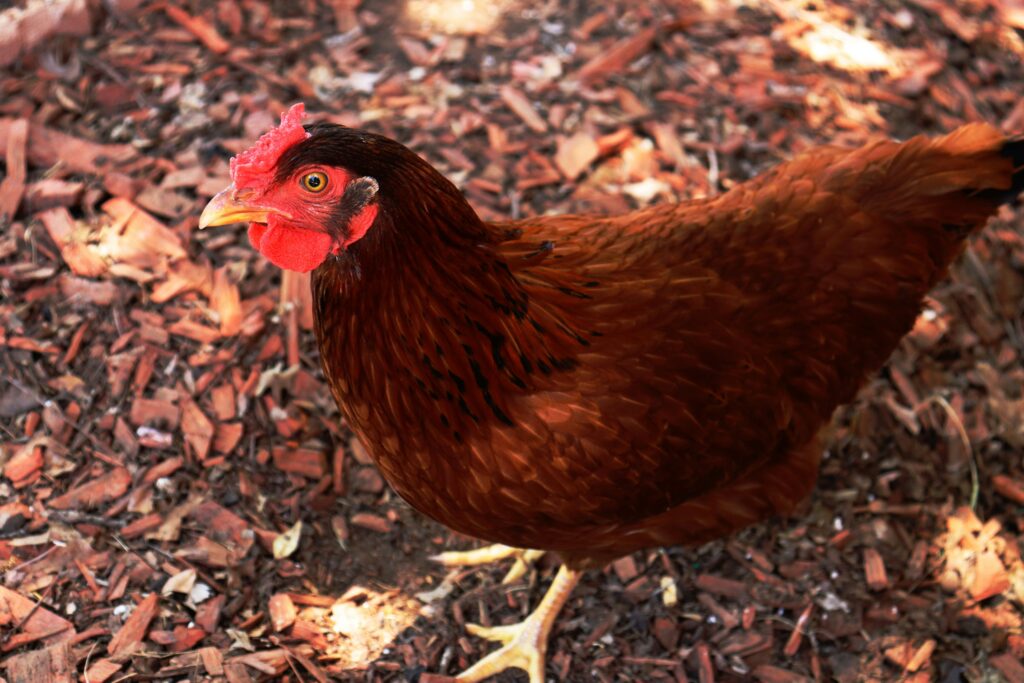
Photo by Evra Borio on Unsplash
Conclusion: Chicken vs. Hen — Know the Facts
To wrap it up — all hens are chickens, but not all chickens are hens. Understanding this distinction isn’t just semantics; it affects everything from egg collection to flock management. Whether you’re raising birds or just curious, now you’ve got the knowledge to cluck with confidence.
